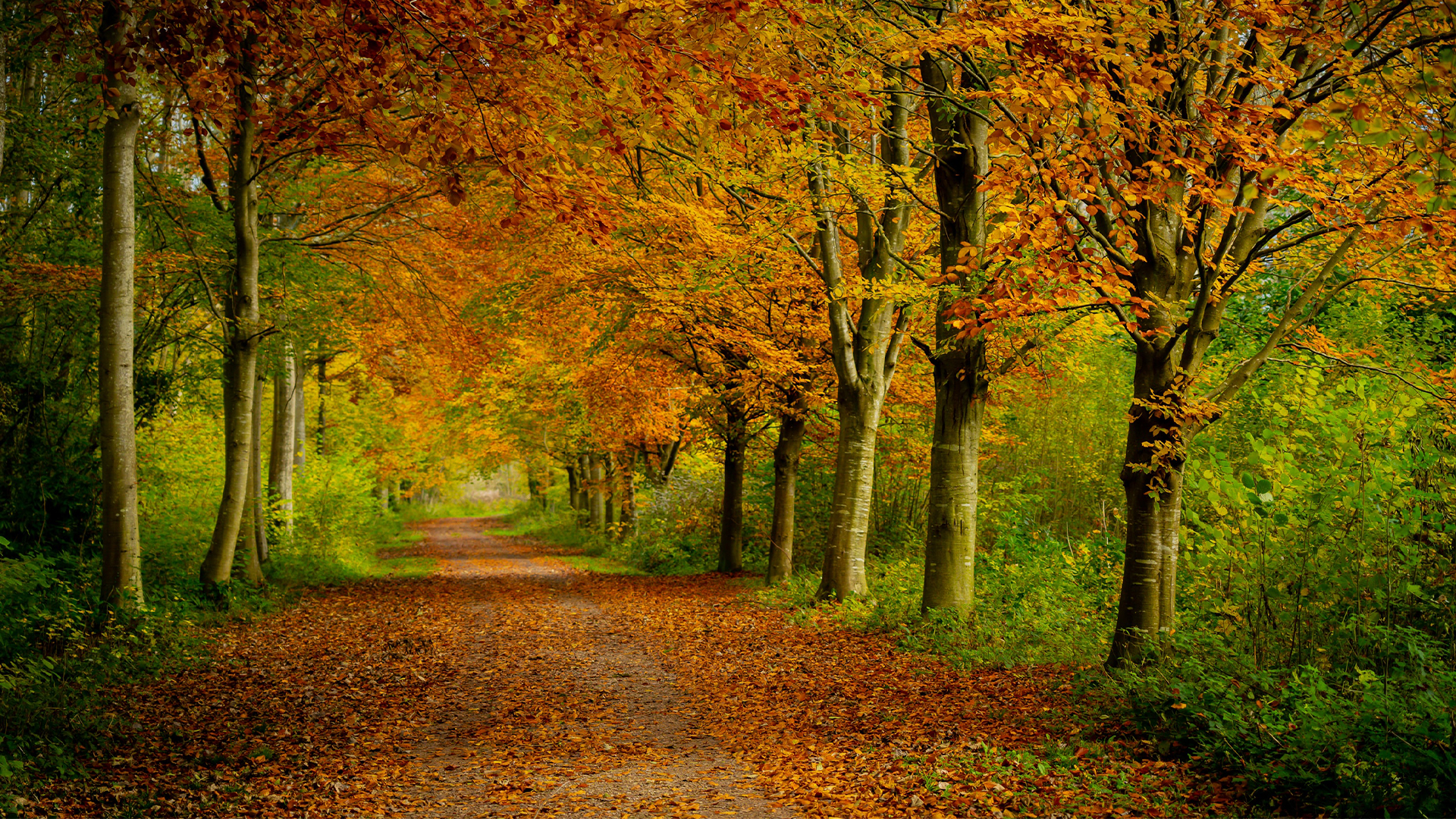Kieron Doick – Head, Urban Forest Research Group, Forest Research
Were you aware that around 20% of the trees in the UK are outside of woodland?
That’s not a new statistic and maybe it’s slightly out by now (after all it is from 2017). But – personally – I’m somewhat glad that it is – at least – this high. And when I think of the trees around where I live, I think to myself that it could happily be higher. You see, every day I see these trees. They are outside the window from this desk where I sit and write. They are in the parks and along the fields at lunchtime when I walk the dog. They are in people’s gardens, and it is these that flank the streets and make them so visually appealing as I drive to the school to collect my children. And, of course, they are also on the school grounds – providing year-round places to climb, spring and autumn colours, and excellent summer shade. Just outside our village, there is a classic beech-bluebell woodland. I love this place too, but I get there maybe fortnightly at best. So, does it colour my life in the same way as the non-woodland trees…?

Working in the world of trees, I appreciate that not all trees provide all benefits to all people. And so, I don’t wish you to think I’m suggesting that the woodland isn’t essential, of course, it is. But how often and in what ways do we and can we reflect on the ways that these different trees shape our lives? What if you were a local authority tree officer or green infrastructure officer (or similar) and you had to give thought to the specific and relative importance of woodland and non-woodland trees? What if you were engaged in national policy creation or the allocation of budgets for research, how could you fuel the discussion of the importance of each?

To say that 20% of trees are outside of woodland could be to say that they are the minority, yes? To say that some 80% of the population is urban and that they benefit incredibly from non-woodland trees could be to say that they play a majority role, maybe? But, is either argument enough to say that decision-makers should place a proportionate, equal, or disproportionate focus on one over the other? I’m certainly not going to answer that directly. But I’m glad to say that we’ve added to the literature, to the debate, on how such decision-making may go.
In December, Defra published a report – Valuing Non-woodland Trees, a piece I’m proud to have helped shaped the delivery of. In this work, for the first time, we estimated the economic value of non-woodland trees according to a suite of the benefits that they provide people. We provided valuation estimates for a single ‘average’ tree, for a hectare of non-woodland trees, and for whole nations (for England, Scotland, Wales, and Northern Ireland).
If you wanted to know the value of a single tree in a park or garden near where you live, you would do better to value it directly with the likes of:-
But providing this ‘unit’ value helps to add context to the big numbers, and they were big:
Each of the 773,000 hectares of UK non-woodland trees offers annual benefit for society valued at £1,741 per hectare to £6,312 per hectare. Across the UK, that adds up to a total benefit estimate of £1.4-3.8 billion each year!
You may be impressed at the scale of the benefit from the trees that impact our everyday lives, but please note these are at best under-estimates. There are still many benefits that we don’t fully understand, don’t know how to quantify, and cannot value. Benefits range from their impact on our happiness to the provision of space for wildlife; from adding defining character to a place, to the buffering of noise; from improving soils to providing food; to name just a few.

And what of our opening questions on how non-woodland trees line up against woodlands? Well, very favourably indeed. The comparative benefit valuation for woodlands was a mere £0.6-1.4 billion. So, let’s raise the profile of the non-woodland tree, the trees that colour our every day. Champion them whenever we can. And when you head out from where you are reading this I challenge you to see these trees and appreciate them [even] more.

